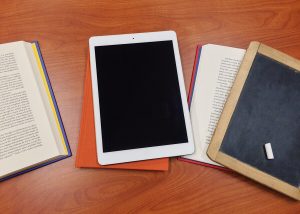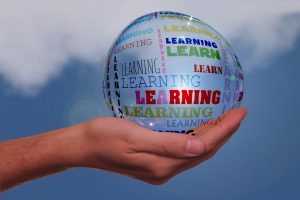Educational Design: Modern Solutions
In today’s fast-paced world, education has evolved to fit the needs of modern learners. With advanced technology and constantly changing societal demands, traditional methods of teaching and learning are becoming insufficient. This is where educational design comes in. Educational design is a systematic approach to creating effective learning experiences that are based on sound instructional theories and best practices. In this article, we will discuss the concept of educational design and explore some modern solutions that are revolutionizing the landscape of education.
Understanding Educational Design
Educational design is the process of designing, implementing, and evaluating learning experiences, programs, and materials. It involves identifying the goals and objectives of education and finding the most effective ways to achieve them. Educational design is not a linear process, but rather an iterative one that involves continuous reflection and improvement.
The Importance of Educational Design
The importance of educational design lies in its ability to enhance the learning experience for students. With the increasing diversity in classrooms, it is crucial to have a flexible and adaptable system in place that caters to the needs of every learner. Educational design helps create a well-structured and engaging learning environment that is tailored to suit the unique learning styles and needs of students.
Modern Solutions in Educational Design
With the advancement of technology, the possibilities for improving the education system are endless. Here are a few modern solutions that are transforming the way we design, deliver, and assess learning experiences.
Personalized Learning
One of the key principles of educational design is to provide personalized learning experiences to students. With the help of technology, it has become easier to personalize learning by using adaptive learning systems. These systems use machine learning algorithms to analyze students’ learning patterns and adjust the content and pace of learning accordingly. This ensures that every student receives individualized attention and learns at their own pace.
Augmented and Virtual Reality
Augmented and virtual reality are powerful tools that are increasingly being used in educational design. These technologies provide immersive and interactive learning experiences, making it easier for students to understand complex concepts. For subjects like science, history, and geography, augmented and virtual reality can transport students to different places and times, making learning more engaging and effective.
Game-Based Learning
Gaming has become an integral part of modern society, and educational designers are harnessing its power to create game-based learning experiences. By incorporating game elements like challenges, points, and rewards, educational designers can make learning more fun and engaging for students. Game-based learning has shown to improve motivation, engagement, and retention of knowledge among students.
Data-Driven Instruction
Data is a valuable resource that can be used to improve educational design. By collecting and analyzing data on student performance, educators can identify areas of improvement and adapt their teaching strategies accordingly. Data-driven instruction can help identify students who are struggling and provide them with targeted support, leading to better learning outcomes.
Conclusion
Educational design is a dynamic and ever-evolving field that is constantly adapting to the changing needs of learners. With the help of modern solutions like personalized learning, augmented and virtual reality, game-based learning, and data-driven instruction, educators can create effective learning experiences that cater to the diverse needs of students. By implementing these solutions, we can ensure that education remains relevant, engaging, and impactful in the modern world.










